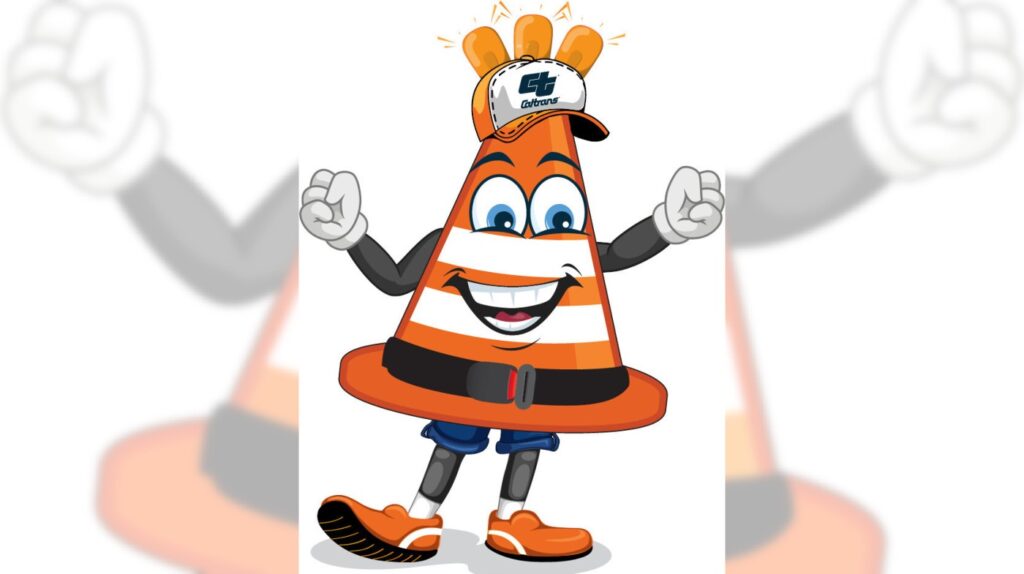
Q. I travel both the 60 and the 10 freeways through the San Gabriel Valley. Why do I regularly see so many remnants of crashes left on the inside median and on the shoulder? This includes front bumpers (with a license plate attached) and miscellaneous parts. This is not limited to these freeways, I see this on other Southern California freeways, too. In the old days, tow trucks were required to carry a broom, a shovel and a pail to clean up collision debris before leaving the scene. What has changed?
– Neil Schroepfer, La Puente
A. Tow trucks still carry those things, Neil, and sand, too, to soak up any fluids.
When there is a collision on a freeway, a tow truck driver, of course, often arrives. Perhaps the driver called it, or a California Highway Patrol officer requested one that contracts with the state.
“They will clean up as much as they can,” said Joseph Davila, a CHP spokesman and officer for the Baldwin Park station house, which patrols those stretches you mentioned. “A majority of the times, the remnants do go onto the tows.”
If the parts won’t fit onto the tow truck, or if for some other reason just don’t end up there, an officer tosses or drags them to either side of the freeway to a safe spot.
If the cop believes the item can’t cause any problem, it is left there until a Caltrans crew makes its normal patrol. If the part somehow might be perilous to drivers, the CHP calls Caltrans and asks for the immediate removal.
Eric Menjivar, a Caltrans spokesman, said there are various storage yards about where the stuff is taken to, and vehicle owners have 30 days to retrieve the remnants from Caltrans or they are disposed of.
In regard to how often a scheduled Caltrans crew heads out there: “At least once a month, we run a sweeper in those areas,” Menjivar said.
A sweeper crew typically includes: a pickup truck at the front, with the driver hoping out to grab smaller debris, such as tires; a larger truck follows, maybe with a scoop that can snag bigger items, say a couch; then a street sweeper; and finally a vehicle with a large safety cushion to the rear in case a misguided motorist drives into the sweeper crew.
Has the procedure changed recently?
No.
Honk and Officer Davila came to the same conclusion – maybe you are just seeing evidence of more crashes out there in the asphalt jungle.
Related Articles
The Teslas might be turned off, but the license plates must stay on
You can’t tell a truck by its license plates
They look menacing on semitrucks’ wheels, like bullets or spikes poking out, but they aren’t
This truck bypass is optional for big rigs but some are not
HONKIN’ FACT: A middle-school student at Huntington Christian School in Huntington Beach, Miller Ruiz, suggested Safety Sam as the name of Caltrans’ news mascot and it was selected from more than 2,000 entries from across the state. Students in kindergarten through high school were eligible. The mascot itself is an orange traffic cone with arms and a face. For his win, Miller will get a laptop, a $500 gift card, his class will get a similar gift card, T-shirts and, of course, a visit from Safety Sam.
To ask Honk questions, reach him at honk@ocregister.com. He only answers those that are published. To see Honk online: ocregister.com/tag/honk. Twitter: @OCRegisterHonk
